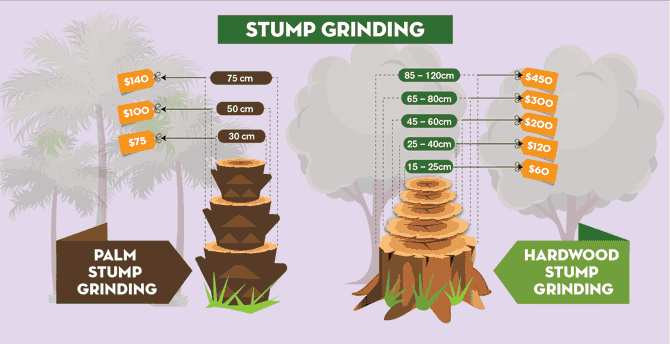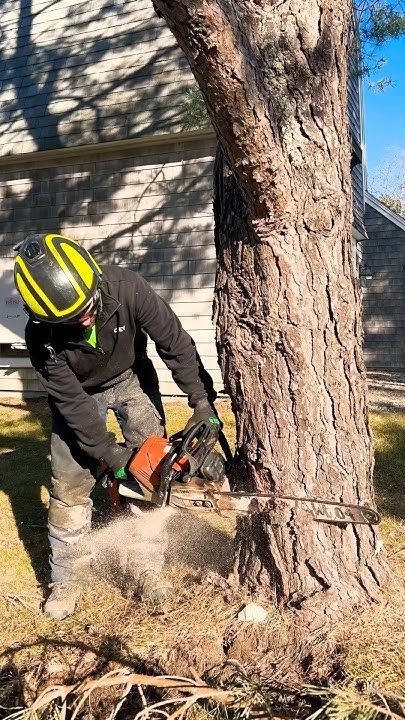Featured
Table of Contents
- – Independence, MO Tree Removal Installation Rat...
- – Independence, MO Stump Removal Pricing Options
- – Independence, MO Tree Removal Delivery Costs
- – How Much Do Independence, MO Tree Removals Cost
- – Competitive Stump Removal Costs In Independen...
- – Independence, MO Stump Removal Pricing Options
- – Independence, MO Tree Removal: Affordable Sol...
- – Independence, MO Tree Trimming Installation ...
- – Independence, MO Arborist Case Studies: Costs
- – Honest Tree Trimming Testimonials In Indepen...
- – How Much Do Independence, MO Tree Trimmings ...
- – Tree Clearing Cost Comparison In Independenc...
- – Independence, MO Tree Cutting: Project-Based...
- – Lifetime Stump Removal Costs In Independence...
- – Planning For A Tree Trimming In Independence...

The subsections listed below provide more detailed info about prices, consisting of a typical range for each. TypeAverage Elimination CostPineConiferPalmMagnoliaArborvitaeAshCedarSweet GumEucalyptusSycamoreCypressOakMaplePoplar You can expect to pay in between to get rid of a pine, depending upon its size. Removing a pine is one of the more cost effective jobs unless it is one that has been around for many years and is quite large.
Independence, MO Tree Removal Installation Rate Sheet
Pines likewise have a tap root that grows deep into the soil, which can show to be harder to remove. The procedure itself involves a professional cutting the tree, clearing the base, cutting the surface roots, eliminating the stump, and finally dealing with the soil. Without a professional hand, you risk leaving pine seedlings behind, which will fall from the roots of distressed pines.
Independence, MO Stump Removal Pricing Options
The U.S. national average for conifer elimination is approximately to have the conifer cut down, transported away, and the stump ground or eliminated entirely. Conifers are normally simpler to eliminate, and although they can grow quite tall, they do not cost a fortune to remove. Conifers consist of pine, spruce, fir, and juniper trees.
Independence, MO Tree Removal Delivery Costs
While conifers are stunning, they eliminate native plants and specific types of grass (tree cutting). The typical rate of palm elimination depends on the height as much as the type, ranging from.
How Much Do Independence, MO Tree Removals Cost
That is why it is necessary to know which type you are eliminating. While you do not require an herbicide to eliminate a palm tree, there are some actions your elimination expert will need to take to guarantee the task is done correctly. There are two methods they can get rid of them: by chopping them down or digging them up.
Competitive Stump Removal Costs In Independence, MO
This is due to the fact that little animals like rats and scorpions frequently reside in them. Plus, numerous types will have spikes, too. From there, they get rid of the real tree and then the stump. Expect to pay in between to remove this kind of tree, depending on the exact size and details of the task.
Independence, MO Stump Removal Pricing Options
There are three types: green, white, and black ash. White ash is understood for its numerous colors. With its gray-tinged bark, its leaves are green or purple in the spring and golden yellow or purplish-red in the fall. They take pleasure in moderate environments and lots of sun. The green ash is called such due to its green or yellow foliage.
Independence, MO Tree Removal: Affordable Solutions

Due to the variation in height, the elimination rate variation is broad from. A coniferous, evergreen tree, the cedar is a sturdy species.
Independence, MO Tree Trimming Installation Fees
The development of false cedars varies from 50 feet up to 230 feet high. House owners might pay anywhere from, depending upon the roots. With star-shaped leaves and stunning fall colors, the sweet gum is considered a medium to large tree. Enjoying complete sun, the sweet gum can not endure contamination.
Independence, MO Arborist Case Studies: Costs
Normally, it costs between to eliminate a eucalyptus. Eucalyptus are not common all over, but they are rather big compared to others, which is why even the smaller sized ones are so expensive to remove.
Honest Tree Trimming Testimonials In Independence, MO
There are a handful of ways to do this, consisting of burning, pulling, grinding, or killing them with herbicide. Expect to pay in between to get rid of sycamores, based on the height, trunk size, and amount of work included. Sycamores are one of the largest wood trees, typically ranging from 60 to 100 feet tall and as broad as 15 feet.
How Much Do Independence, MO Tree Trimmings Cost
The very first 2 steps will expose the insides of the tree and cut off the circulation of nutrients up the trunk. From there, a professional uses herbicide to eliminate the tree and cuts down the trunk.
Tree Clearing Cost Comparison In Independence, MO
There are several types of Cypress trees, but the most widespread are the Leyland, Arizona, Bald, and Italian. The Bald Cypress grows in swampy or really damp locations while the others delight in a dry, warm, or hot environment (stump grinding). They can grow as high as 80 to 100 feet high
Independence, MO Tree Cutting: Project-Based Pricing

Prone to illness, the Cypress is one of the most treasured woods for furniture. The typical oak grows to around 60 feet, and depending upon the complexity of the elimination, it costs an average of to remove. The exact size of your oak and the effort required to fell it impact what you will in fact spend for removal in addition to any additional services like stump grinding.
Lifetime Stump Removal Costs In Independence, MO
Access to the trees and the roots will also impact the total cost. Maples can quickly mature to 100 feet or more and generally expense between to remove from your residential or commercial property. The last cost depends upon the real height and intricacy of the job. Maples are typically among the more expensive trees to eliminate due to the fact that of their size and the work associated with the removal.
Planning For A Tree Trimming In Independence, MO
Growing as high as 90 to 115 feet, these enormous timbers are primarily found in North America and include the aspen, cottonwood, and balsam trees. The procedure to eliminate trees includes all the cutting and cutting of the branches and trunk, bringing it down to a stump.
Table of Contents
- – Independence, MO Tree Removal Installation Rat...
- – Independence, MO Stump Removal Pricing Options
- – Independence, MO Tree Removal Delivery Costs
- – How Much Do Independence, MO Tree Removals Cost
- – Competitive Stump Removal Costs In Independen...
- – Independence, MO Stump Removal Pricing Options
- – Independence, MO Tree Removal: Affordable Sol...
- – Independence, MO Tree Trimming Installation ...
- – Independence, MO Arborist Case Studies: Costs
- – Honest Tree Trimming Testimonials In Indepen...
- – How Much Do Independence, MO Tree Trimmings ...
- – Tree Clearing Cost Comparison In Independenc...
- – Independence, MO Tree Cutting: Project-Based...
- – Lifetime Stump Removal Costs In Independence...
- – Planning For A Tree Trimming In Independence...
Latest Posts
Franconia, VA Tree Cutting Reviews: Costs
Fort Stewart, GA Tree Cutting Comparison: Pricing
Get Cheap Stump Grinding In Cottonwood, CA
More
Latest Posts
Franconia, VA Tree Cutting Reviews: Costs
Fort Stewart, GA Tree Cutting Comparison: Pricing
Get Cheap Stump Grinding In Cottonwood, CA